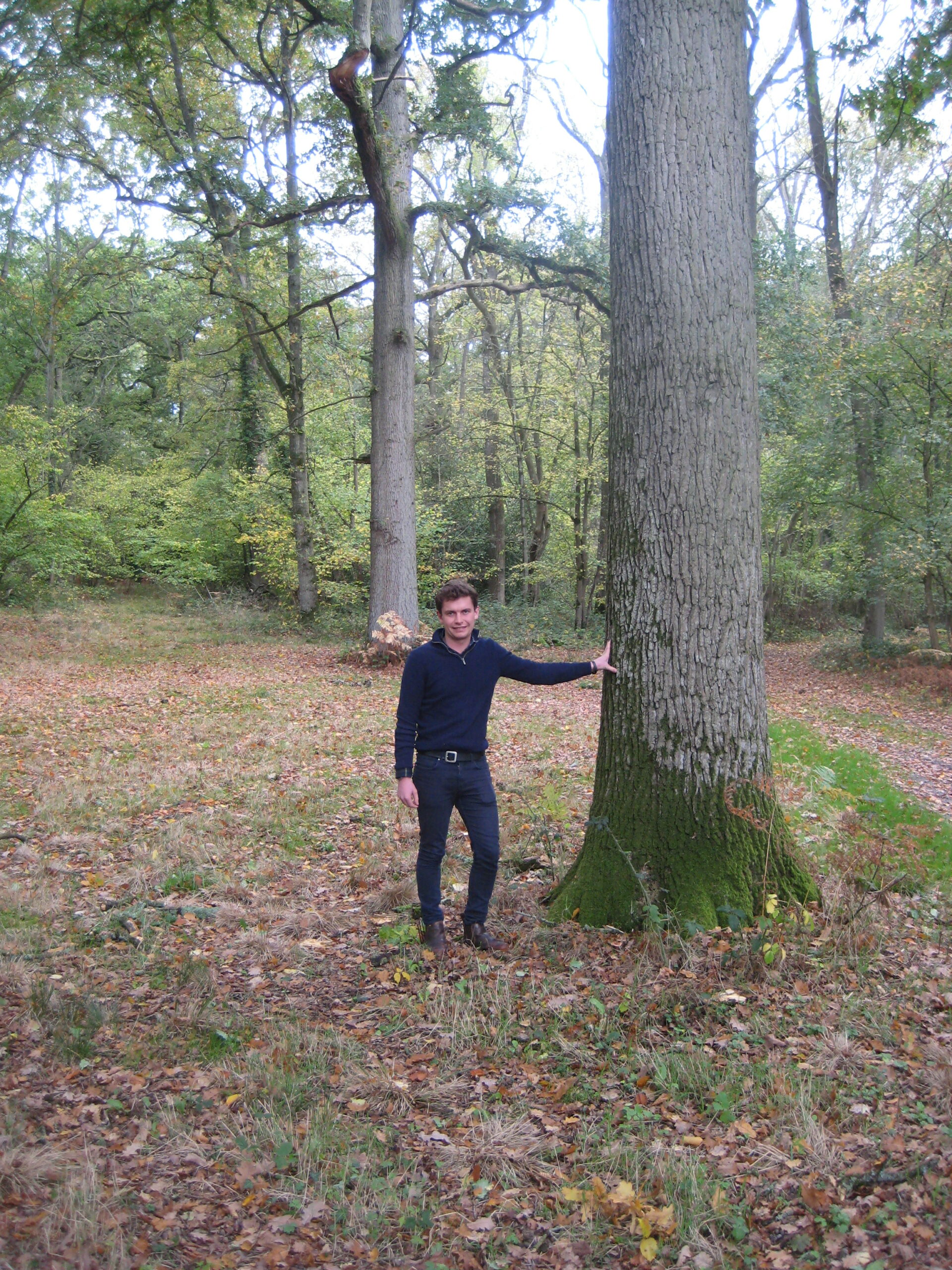A blog by Peter Borrowman, Assistant Forest Manager with William Hamer Forestry.
As we roll into the Autumn and Winter months and the supposed “quiet” time for some in the forestry sector, through factors such as the onset of the shooting season and poorer ground conditions, I am finding such a notion to be entirely the opposite! Indeed, we are full steam ahead with managing ongoing thinning and tree safety operations, writing several woodland management plans, and organising planting contractors for the upcoming season, something which is becoming all too difficult through the well-documented skills shortage.
Management Plans
The mid to late summer was equally as diverse, with a range of tasks to complete, albeit in somewhat alien conditions of blistering 35C sunshine at times, particularly to a native Scotsman such as myself! One such task was conducting an initial woodland inspection, which is a critical predisposition of writing an upcoming management plan. This involved a walk-through assessment of each woodland compartment, documenting its current conditions, previous operations and our future management prescriptions. This was a fascinating process to learn from, particularly so given the long-term implications of the process. A management plan provides a clear framework for implementing the owners vision for the woodlands over a 10-year period, creating a concise and planned pathway to reaching the desired objectives, whether they be for timber and financial production, conservation, public access, or sporting interests to mention but a few.
Acorn Collection
A we have entered the autumn months, I have also been enjoying some afternoons collecting acorns from our select oak seed stand, where there is a plus tree which has been selected by the Future Trees Trust and included in their breeding programme. Having collected the acorns, we have now sent them up to a forestry nursery in Scotland to be grown for the following planting season. As a result, we have local provenance oak, which has excellent timber characteristics in terms of form, figure and apical dominance.
Pests and Diseases
Health and resilience are critical components of woodland management, particularly so given the range of pests and pathogens which are attacking our trees. Indeed, I met on site with a Forestry Commission official from the Plant Health Forestry Team before a mixed conifer thinning operation. This was to inspect for the presence of the Larger eight-toothed European spruce bark beetle (more commonly known as Ips Typographus). Ips is a beetle which inhabits Spruce, targeting weakened, stressed, or windblown trees. The recent extension of the demarcation zone in the South-East has meant that several of our estates are now under its influence, meaning harvesting and marketing is somewhat restricted. The biggest take from this meeting for me was that well managed and healthy Spruce stands are significantly less susceptible to Ips damage. This would appear to be a common theme in mitigating against pests and pathogens, as well as of course planting the “right tree in the right place.”
Royal Forestry Society and Institute of Chartered Foresters
I have also been fortunate enough to have taken part in further events with the both Royal Forestry Society (RFS) and The Institute of Chartered Foresters (ICF) since my last update. I have really come to appreciate these opportunities, both in terms of knowledge sharing, but also seeing and understanding that there are many different methods to successful forest management. I was tasked with writing a report on one such RFS evening visit to Little Hidden Farm, a 30-year-old agroforestry site. Such sites are an excellent example of the pros and cons of agroforestry, particularly so given its recent renaissance as an alternative land use. I will hold back on sharing further details as I have my fingers crossed that my summary article will be published in the next Quarterly Journal of Forestry (QJF)! Further events I have attended include a training day on alternative broadleaved species at Westonbirt arboretum (a truly stunning location which I highly recommend visiting!) as well as the ICF study Tour in Herefordshire, accompanied by a theme of “productive forestry.” Two critical topics to consider for the modern forester but with many questions to consider: To what extent do we diversify? Will these species be available from the nurseries? Will we be able to obtain improved seed material? Will they produce suitable timber for the sawmills in 50 years-time? My own initial assessment is that, yes, we need to diversify, however, we must be careful in not restricting our ability produce greater quantities of high-quality homegrown timber.
It would be foolish of me not to lastly mention our trip to the APF forestry show at Ragley Hall. It was a fantastic day and an eye opening one for me in terms of its scale! It was great to see such a thriving turnout from such a diverse range of stakeholders from within the forestry sector and to reinforce that the industry is well and truly thriving!


Leave A Comment